The cytoplasm is a vital component of every living cell, playing a crucial role in its structure and function. In this article, we will delve into the definition, structure, functions, and key characteristics of cytoplasm, providing a comprehensive understanding of this essential cellular element.
An Introduction to Cytoplasm
When we study cells, we often come across the term cytoplasm. It is the fluid that fills the cell and surrounds its organelles and nucleus. The cytoplasm consists of the cytosol, which is a semi-fluid or gel-like substance containing ions, proteins, macromolecular structures, and other molecules necessary for cellular activities. It acts as a suspension medium for various cell organelles, allowing them to function effectively.
What is Cytoplasm?
Cytoplasm is the semi-fluid substance found within cells, both prokaryotic and eukaryotic. It fills the space between the cell membrane and the nucleus and consists of ions, water, enzymes, and molecules essential for various cellular activities. The traditional definition of cytoplasm described it as a fluid-like substance, but recent studies suggest that it behaves more like glass-forming liquids.
The cytoplasm can exist in two states: sol and gel. The sol state refers to a colloidal solution in liquid form, where particles are distributed in water. On the other hand, the gel state is a thick and semi-solid colloidal system. Both states play important roles in cellular processes.
The Plasma Membrane
The plasma membrane, also known as the cell membrane, is a lipid bilayer that separates the cell’s internal environment from its surroundings. It acts as a barrier, regulating the movement of substances in and out of the cell. The plasma membrane encloses the cytoplasm, along with other cell organelles and the nucleus. It is the outer covering of a cell, providing structure and protection.
Cytoplasm Diagram
To better understand the structure of the cytoplasm and its components, let us refer to the following diagram:

The diagram illustrates the various components of the cytoplasm, including the cell organelles and their arrangement within the cytosol.
Cytoplasm Structure
The structure of the cytoplasm varies between eukaryotic and prokaryotic cells. Let’s explore the structure of cytoplasm in both types of cells:
Cytoplasm of Eukaryotic Cells
In eukaryotic cells, the cytoplasm is a complex and organized system. It consists of the cytosol, which is the semi-fluid component, and numerous cell organelles suspended within it. These organelles include the endoplasmic reticulum, mitochondria, Golgi apparatus, vacuoles, ribosomes, and more. The cytoplasm also contains enzymes that play a crucial role in various metabolic reactions.
Cytoplasm of Prokaryotic Cells
Prokaryotic cells, such as bacteria, have a simpler organization of the cytoplasm. They lack membrane-bound organelles like those found in eukaryotic cells. Instead, the genetic material of prokaryotes is located in a region called the nucleoid, which is present in the cytoplasm. The cytoplasm of prokaryotic cells is smaller and has a less intricate arrangement compared to eukaryotic cells.
Cytoplasmic Streaming
Cytoplasmic streaming, also known as cytoplasmic circulation or cyclosis, is a vital process that occurs within the cytoplasm of cells. It involves the movement of cytoplasmic components, such as organelles and molecules, in a coordinated manner. This movement is facilitated by the interaction of cytoskeletal filaments and motor proteins.
Cytoplasmic streaming plays a crucial role in intracellular transport, allowing the distribution of substances throughout the cell. It helps in the exchange of nutrients, removal of waste products, and maintenance of cellular homeostasis.
Components of Cytoplasm
The cytoplasm consists of various components that contribute to its structure and function. Let’s explore the main components of the cytoplasm:
Cytosol
The cytosol is the main component of the cytoplasm, making up the bulk of its volume. It is a semi-fluid or gel-like substance that surrounds the organelles. The cytosol contains water, ions, nutrients, enzymes, and other molecules necessary for cellular activities. It serves as a medium for various chemical reactions and provides structural support to the cell.
Cell Organelles
The cytoplasm contains numerous cell organelles, each with its specific structure and function. These organelles are suspended within the cytosol and carry out vital cellular processes. Some of the major organelles found in the cytoplasm include:
- Nucleus: The nucleus is the control center of the cell, housing the genetic material (DNA) and controlling cellular activities. It is separated from the cytoplasm by a nuclear envelope and plays a crucial role in gene expression and regulation.
- Mitochondria: Mitochondria are the powerhouses of the cell, responsible for generating energy in the form of ATP through cellular respiration.
- Endoplasmic Reticulum: The endoplasmic reticulum is a network of membranous tubules and sacs involved in protein synthesis, lipid metabolism, and calcium storage.
- Golgi Apparatus: The Golgi apparatus modifies, sorts, and packages proteins and lipids for transport to their respective destinations within and outside the cell.
- Ribosomes: Ribosomes are responsible for protein synthesis, translating genetic information from mRNA into functional proteins.
- Cytoskeleton: The cytoskeleton is a network of protein filaments that provides structural support, maintains cell shape, and facilitates cell movement and division.
- Centrosome and Centriole: The centrosome contains centrioles and is involved in cell division and the organization of microtubules.
These organelles work together to ensure the proper functioning of the cell and its various processes.
Enzymes
Enzymes are essential components of the cytoplasm. They catalyze various chemical reactions within the cell, facilitating cellular metabolism and other vital processes. Enzymes play a crucial role in breaking down nutrients, synthesizing macromolecules, and maintaining cellular homeostasis.
Discovery of the Cytoplasm
The concept of cytoplasm dates back to the early days of cell biology. In the 19th century, scientists discovered that cells contained a substance surrounding the nucleus. In 1835, Robert Brown identified the cell nucleus, and shortly after, researchers recognized the presence of a fluid-like substance surrounding it. This discovery led to the identification and study of the cytoplasm as an essential component of cells.
Functions of Cytoplasm
The cytoplasm serves numerous functions that are vital for the survival and proper functioning of the cell. Let’s explore some of its key functions:
- Metabolism: The cytoplasm is the site for various metabolic reactions in the cell. It plays a crucial role in processes like glycolysis, the citric acid cycle, and the electron transport chain, which generate energy in the form of ATP.
- Protein Synthesis: The cytoplasm is involved in protein synthesis, as it contains ribosomes where translation occurs. Ribosomes assemble amino acids into proteins based on the genetic information encoded in mRNA.
- Intracellular Transport: The cytoplasm facilitates the movement of molecules and organelles within the cell. It provides a medium for intracellular transport through processes like diffusion and active transport.
- Structural Support: The cytoplasm, along with the cytoskeleton, provides structural support to the cell. The cytoskeleton is a network of protein filaments that maintains cell shape, enables cell motility, and aids in intracellular transport.
- Storage: The cytoplasm stores various cellular materials, including nutrients, ions, and waste products. These stored substances can be utilized by the cell when needed.
- Cellular Communication: The cytoplasm contains signaling molecules and organelles involved in cellular communication. It plays a role in transmitting signals within the cell and coordinating cellular responses.
- Protection: The cytoplasm acts as a buffer, protecting the genetic material and cellular organelles from damage. It provides a physical barrier and shields the cell from external factors and potential harmful substances.
These functions highlight the essential role of the cytoplasm in maintaining cellular homeostasis and supporting various cellular processes.
Properties of Cytoplasm
The cytoplasm exhibits several properties that contribute to its unique characteristics and functions. Let’s explore some of these properties:
- Viscosity and Consistency: The cytoplasm has a semi-fluid or gel-like consistency, allowing for the suspension of organelles and molecules within it. It can deform under external force and regain its shape with minimal energy loss.
- Colloidal Nature: The cytoplasm is a colloidal solution composed of water and various solutes, including ions, proteins, and other molecules. This colloidal nature allows for the diffusion and transport of substances within the cell.
- Conductivity: Due to the presence of numerous salts, the cytoplasm exhibits good electrical conductivity. This property is important for various cellular processes, including the transmission of electrical impulses in nerve cells.
- Differential Staining: The cytoplasm shows differential staining properties, enabling its visualization under a microscope. Certain dyes or stains selectively bind to specific components within the cytoplasm, highlighting their presence and distribution.
These properties contribute to the unique characteristics of the cytoplasm, allowing it to fulfill its functions within the cell.
Organelles of Cytoplasm
Within the cytoplasm, various cell organelles perform specific functions necessary for cellular activities. Let’s explore some of the key organelles found in the cytoplasm:
Nucleus
The nucleus is the largest organelle within the cell and serves as the control center. It houses the genetic material (DNA) and controls gene expression and regulation. The nucleus consists of the nuclear envelope, nucleoplasm, nucleolus, and chromosomes. It plays a crucial role in cellular replication, transcription, and translation.
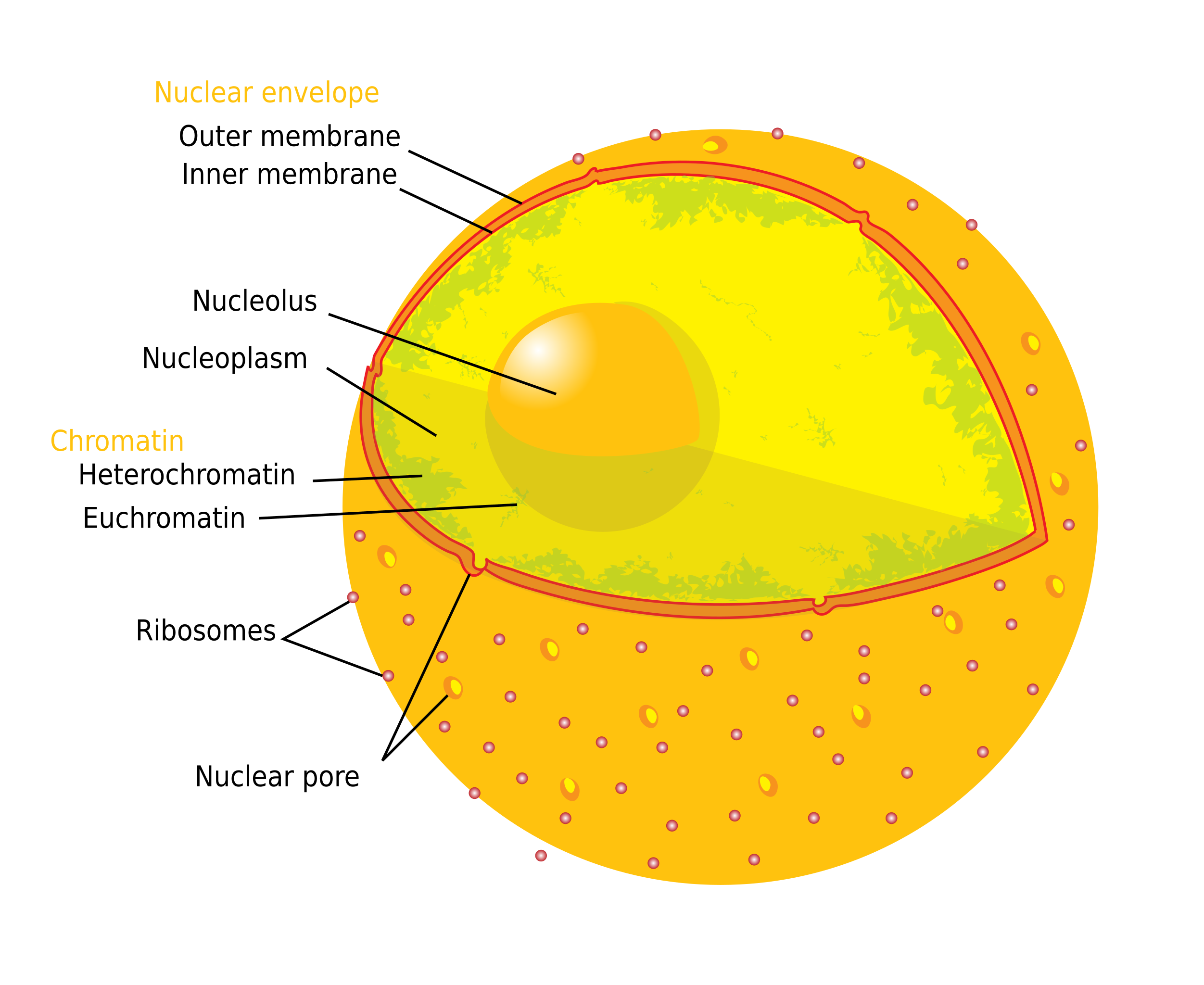
Mitochondria
Mitochondria are known as the powerhouses of the cell. They are double-membrane-bound organelles involved in cellular respiration, which generates ATP (adenosine triphosphate) molecules, the cell’s energy currency. Mitochondria have their own genome and reproduce through a process called fission.
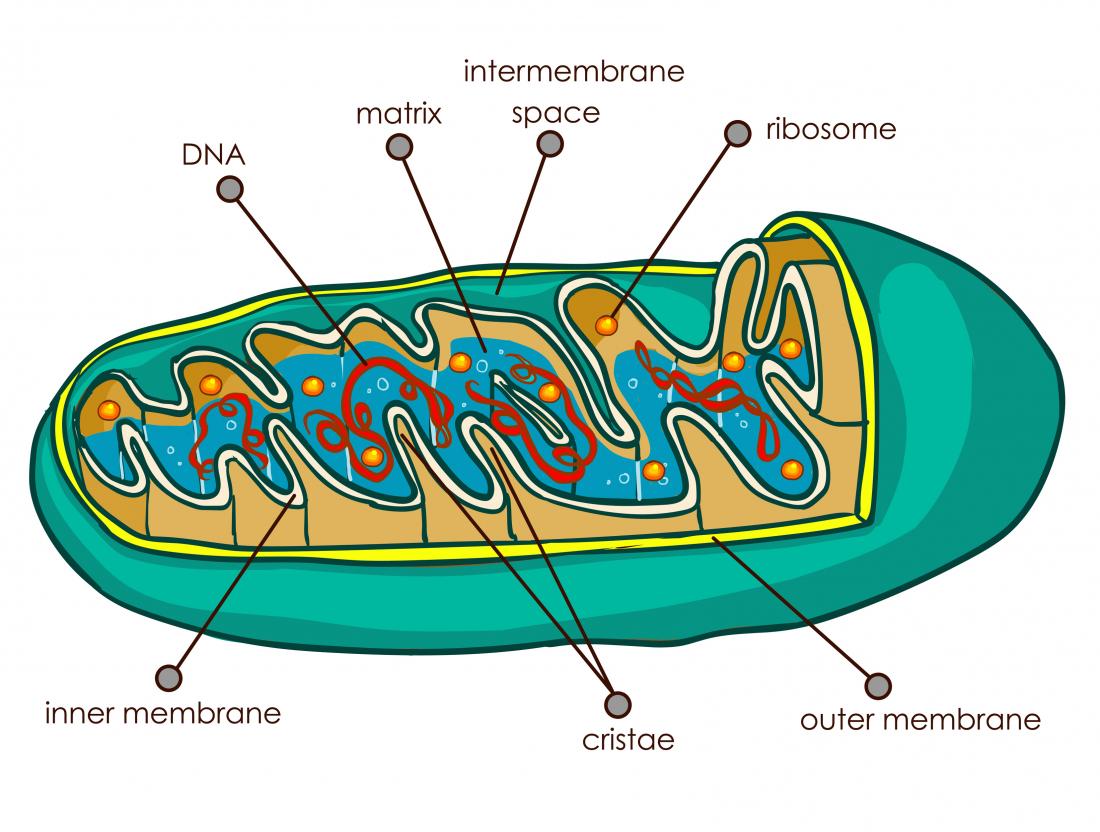
Endoplasmic Reticulum
The endoplasmic reticulum (ER) is a network of membranous tubules and sacs involved in protein synthesis, lipid metabolism, and calcium storage. There are two types of ER: the rough endoplasmic reticulum (RER), which has ribosomes attached to its surface, and the smooth endoplasmic reticulum (SER), which lacks ribosomes.
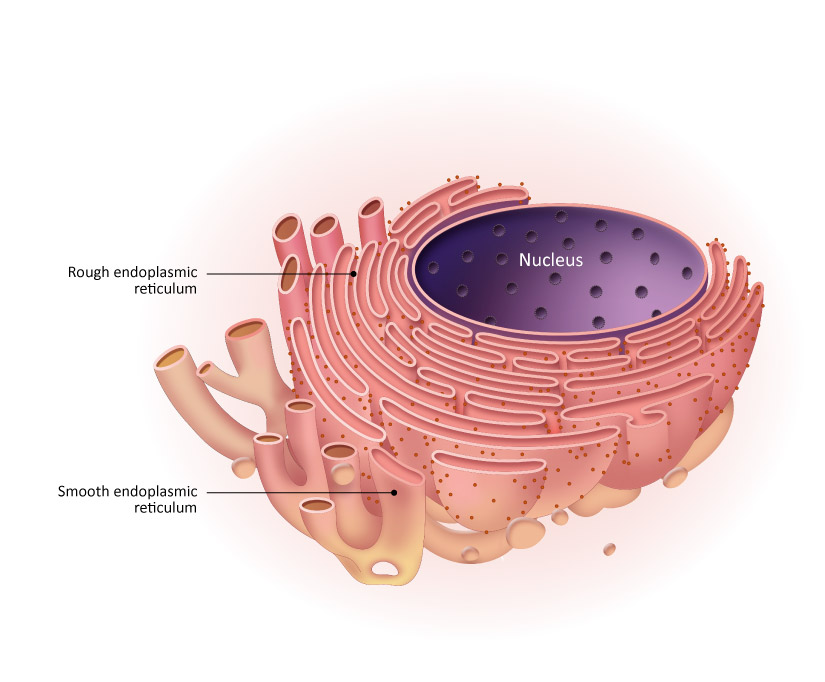
Golgi Apparatus
The Golgi apparatus is responsible for modifying, sorting, and packaging proteins and lipids for transport to their respective destinations within and outside the cell. It consists of a series of flattened membranous sacs called cisternae. The Golgi apparatus plays a crucial role in protein secretion and the formation of lysosomes.
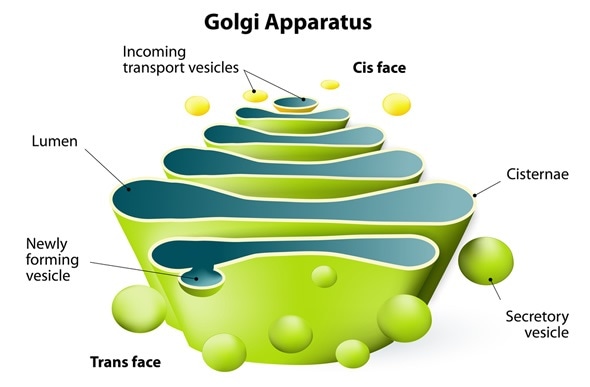
Ribosomes
Ribosomes are non-membrane-bound organelles involved in protein synthesis. They consist of RNA and protein molecules and can be found either free in the cytoplasm or bound to the endoplasmic reticulum. Ribosomes translate genetic information from mRNA (messenger RNA) into amino acid sequences, which then fold into functional proteins.

Cytoskeleton
The cytoskeleton is a network of protein filaments that provides structural support, maintains cell shape, and facilitates cell motility and intracellular transport. It consists of three main components: microfilaments, intermediate filaments, and microtubules. The cytoskeleton plays a crucial role in cell division, cell signaling, and the organization of cellular components.
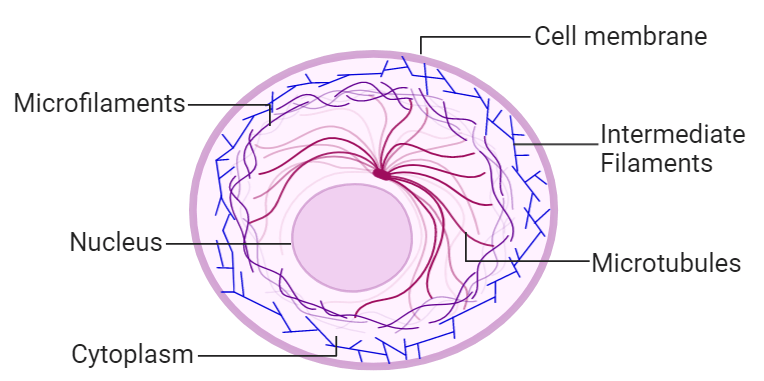
Centrosome and Centriole
The centrosome contains two cylindrical structures called centrioles. Centrioles are involved in cell division and the organization of microtubules, which form the mitotic spindle during cell division. They play a crucial role in ensuring accurate chromosome segregation.
These organelles work together to carry out various cellular processes and maintain the overall structure and function of the cell.
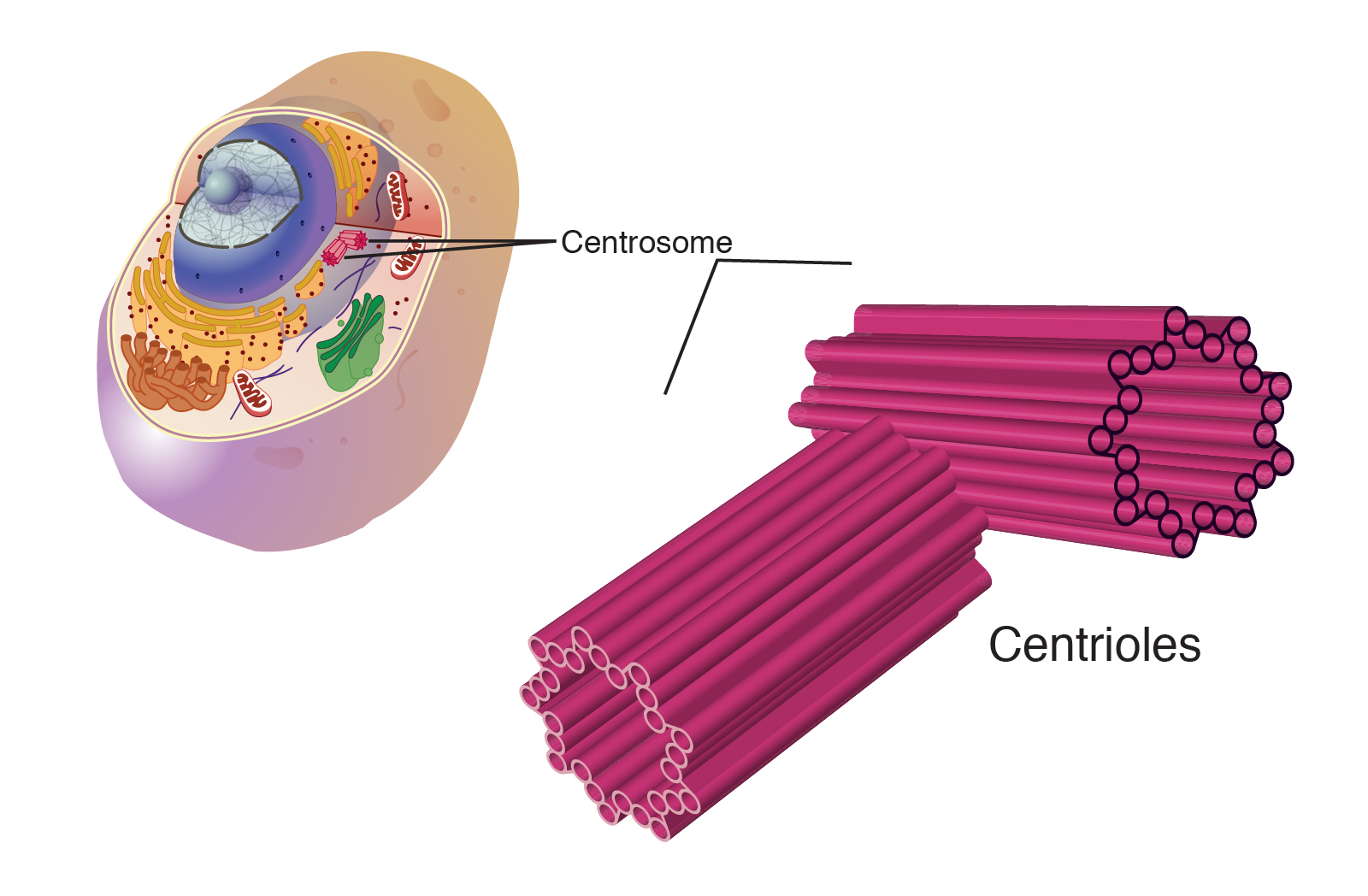
Characteristics of Cytoplasm
The cytoplasm possesses several characteristics that distinguish it as a vital component of the cell. Let’s explore some of these characteristics:
- Universality: Cytoplasm is present in all living cells, regardless of their type or function. It is an essential component that is required for cellular activities to take place.
- Dynamic Nature: The cytoplasm is a dynamic and constantly changing environment. It adapts to the needs of the cell and responds to various stimuli, allowing for cellular growth, division, and adaptation to changing conditions.
- Intracellular Compartments: The cytoplasm contains various organelles and structures that form intracellular compartments. These compartments enable the segregation of cellular processes and facilitate the coordination of different cellular activities.
- Metabolic Center: The cytoplasm serves as the site for numerous metabolic reactions and processes, including energy production, nutrient metabolism, and protein synthesis. It is a hub for cellular metabolism and plays a crucial role in maintaining cellular homeostasis.
- Transport Medium: The cytoplasm provides a medium for the transport of molecules and organelles within the cell. It facilitates intracellular movement through processes like diffusion, active transport, and cytoplasmic streaming.
These characteristics highlight the importance of cytoplasm in maintaining the overall function and integrity of the cell.
Key Facts about the Cytoplasm (Table)
| Fact | Description |
|---|---|
| Composition | Water, ions, proteins, macromolecular structures, and other molecules |
| Location | Fills the space between the cell membrane and the nucleus |
| Structure | Semi-fluid or gel-like consistency |
| Components | Cytosol, cell organelles, enzymes |
| Functions | Metabolism, protein synthesis, intracellular transport, structural support, storage, cellular communication, and protection |
| Organelles | Nucleus, mitochondria, endoplasmic reticulum, Golgi apparatus, ribosomes, cytoskeleton, centrosome, and centriole |
| Characteristics | Universality, dynamic nature, intracellular compartments, metabolic center, transport medium |
Difference Between Cytoplasm and Protoplasm
The terms cytoplasm and protoplasm are often used interchangeably, but they have distinct meanings. While cytoplasm refers to the fluid and organelles within the cell, protoplasm refers to the entire living contents of the cell, including the cytoplasm, nucleus, and other structures. Protoplasm encompasses all the material within the cell membrane, while cytoplasm specifically refers to the fluid component.
Frequently Asked Questions on Cytoplasm
Q: What would happen if the cell had no cytoplasm?
A: Without cytoplasm, the cell would lose its structure and shape. It would not be able to support the organelles and perform essential cellular functions.
Q: What would happen if there was no nucleus in the cell?
A: The nucleus is responsible for controlling cellular activities and housing the genetic material. Without a nucleus, the cell would lose its ability to carry out essential functions like DNA replication and gene expression.
Q: What is the charge in the cytoplasm?
A: The cytoplasm is negatively charged due to the presence of ions and other charged molecules.
Q: What is the pH of cytoplasm?
A: The pH of the cytoplasm is around 7.4, which is slightly alkaline.
Q: What is the Composition of Cytoplasm?
A: Cytoplasm is composed of water, ions, proteins, enzymes, and various molecules necessary for cellular activities.
Q: How does the Cytoplasm Support Cellular Structure?
A: The cytoplasm provides structural support to the cell through the cytoskeleton, a network of protein filaments that maintains cell shape and facilitates cell motility.
Q: Is cytoplasm present in plant and animal cells?
A: Yes, cytoplasm is present in both plant and animal cells. It is an essential component of all living cells.
Q: Do prokaryotes have cytoplasm?
A: Yes, prokaryotic cells, such as bacteria, have cytoplasm. However, their cytoplasm is less complex compared to that of eukaryotic cells.
Q: Where is the cytoplasm located?
A: The cytoplasm is located between the cell membrane and the nucleus, filling the space within the cell.
Q: Is cytoplasm prokaryotic or eukaryotic?
A: Cytoplasm is present in both prokaryotic and eukaryotic cells. It is a fundamental component of all types of cells.
Solved Examples on Cytoplasm
Let’s explore some examples to further understand the role of cytoplasm in cellular processes:
Example 1: Protein Synthesis
Protein synthesis is a crucial cellular process that occurs within the cytoplasm. It involves the translation of genetic information from mRNA into functional proteins. Ribosomes, which are present in the cytoplasm, assemble amino acids into chains according to the sequence of codons on the mRNA. This process occurs in two main steps: transcription, which takes place in the nucleus, and translation, which occurs in the cytoplasm. The cytoplasm provides the necessary environment and resources for protein synthesis to occur efficiently.
Example 2: Metabolic Reactions
Metabolic reactions, such as glycolysis, the citric acid cycle, and oxidative phosphorylation, take place in the cytoplasm. These reactions are responsible for generating energy in the form of ATP, which is essential for cellular activities. The cytoplasm provides the necessary enzymes, substrates, and cofactors for these reactions to occur. It serves as the metabolic center of the cell, coordinating various metabolic pathways and ensuring the production of energy and essential molecules.
Example 3: Intracellular Transport
The cytoplasm facilitates intracellular transport, allowing the movement of molecules and organelles within the cell. This transport occurs through processes like diffusion, active transport, and cytoplasmic streaming. The cytoplasm provides a medium for these processes, enabling the distribution of substances throughout the cell. This transport is essential for maintaining cellular homeostasis, facilitating communication between organelles, and ensuring the proper functioning of the cell.
These examples highlight the integral role of the cytoplasm in various cellular processes and its importance for the overall function and survival of the cell.
How Kunduz Can Help You Learn Cytoplasm?
At Kunduz, we strive to provide comprehensive and accessible learning materials to help students understand complex concepts like cytoplasm. Our platform offers a wide range of educational resources, including interactive lessons, practice questions, and expert guidance. Whether you’re a student looking to enhance your understanding or an educator seeking effective teaching materials, Kunduz is here to support your learning journey. Explore our platform and unlock the potential of your education.
